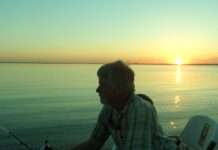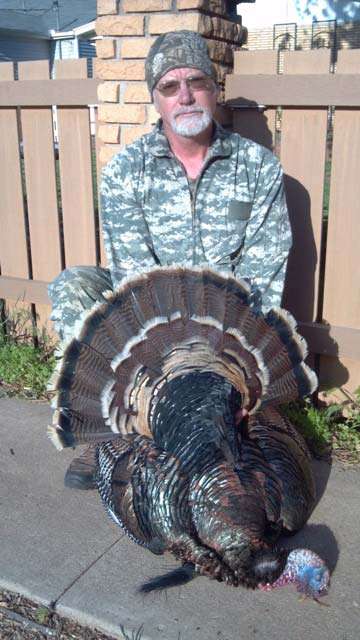Ike and Tina Turner sang about rollin’ on one, Huck Finn and Tom Sawyer would likely have remained obscure without one. Some are named in the Bible. There are world famous ones and there are unknown ones. Some are so wide they can barely be seen across, while others are so narrow they can nearly be stepped across… Rivers!.. They can be the lifeblood of a community, or as witnessed this spring, they can be a community’s and a state’s worst nightmare. Some, like the River Thames conjure up romance, while others, like the Amazon conjure up fear.
While still living in Ohio, using the words “river” and “Kansas” in the same sentence would have been amusing to me as I pictured this state pretty much devoid of water, let alone rivers. However, like most of my pre-Kansas-dwelling perceptions, that myth is busted! Not only do many rivers flow through our state, some actually begin here. Before tackling this subject I communicated several times with James Putnam, a team member of the US Geological Survey located in Lawrence and a walking wealth of information about our state.
I expected a short list in answer to my first question, which concerned the number of rivers that actually begin in Kansas. My plan was to simply list those few rivers along with their starting and ending points. James’ answer; “There are hundreds of rivers and creeks that begin in Kansas!” So much for plan “A.” My next question was “What distinguishes a river from a creek from a stream,” thinking this would make for some lively discussion. James directed me to a data base of information called the Geographic Names Information System (GNIS for short); a trove of information maintained by people with too much spare time whose job it is to decide things like that. GNIS says “Broad agreement on such questions is essentially impossible which is why there are no official feature classification standards.” In others words, when a geographical feature is first named, it can be classified however the naming party wants it; creek, stream, river, hill, mountain etc…. Rats; their goes plan “B.” So armed with some websites and other info James gave me, I embarked on a high tech quest in search of Kansas river trivia, and here are some of my findings.
First of all, one table of information, in alphabetical order, lists 2,468 STREAMS in Kansas, from Acker Creek in Cowley Co. to Zenithscah Creek next door in Reno Co. Since the state derives its name from a river that starts in Kansas, here are some interesting facts about the Kansas River.
The name Kansas comes from the Kanza Native American tribe that once inhabited the north eastern part of our state, and means “people of the south wind.” The Kanza tribe named the river “Kansas” and our state eventually took its name from the river.
The Smokey Hill River exiting Kanopolis Reservoir from the west, and the Republican River coming down from Nebraska join below Milford Reservoir at Junction City to begin the Kansas River (thus the name Junction City.) Fort Riley would eventually be located at this junction. Often known locally as the Kaw River, from there it meanders 170.5 miles, mostly due east, to merge with the Missouri River at a place aptly named Kaw Point. History shows that from June 26-29, 1804, the Lewis and Clark expedition camped at Kaw point and noted that it too would be a good spot for a fort.
At the Bowersock Dam near Lawrence, the Bowersock Mill and Power Co. operates the only hydroelectric power plant in the state. In the large pool created by the Bowersock Dam, the University of Kansas rowing team routinely practices. Another rowing team from the Kansas City Rowing Club practices in the final stretches of the river near its mouth. During the 1850’s steamboats routinely traveled the Kansas River, often coming west as far as Fort Riley. Steamboat traffic on the Kansas ended abruptly with the coming of the railroad.
Each time I set down to author this weekly column, I learn something new about our state, its people, its wildlife or it land. This week I learned several new things about the river for which it is named; yet another reason to Explore Kansas Outdoors!
Steve can be contacted by email at [email protected].



